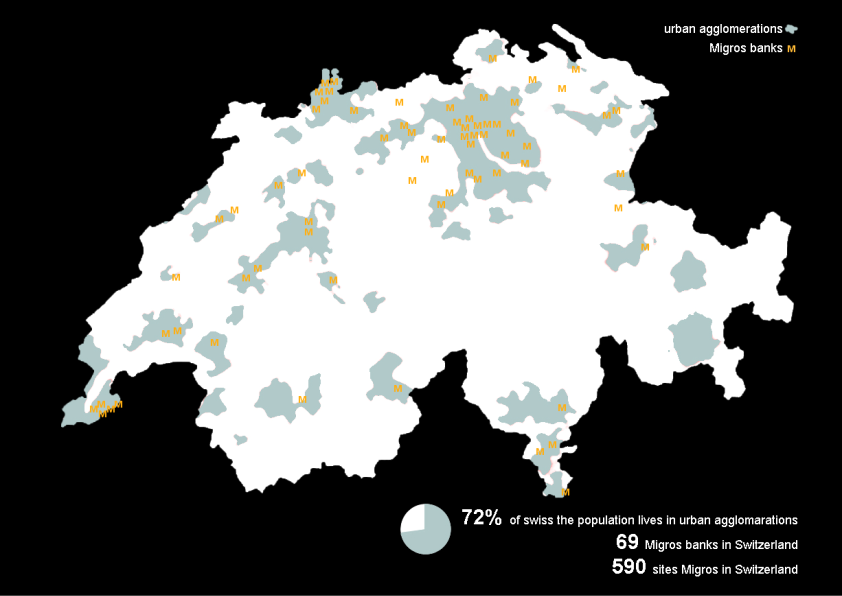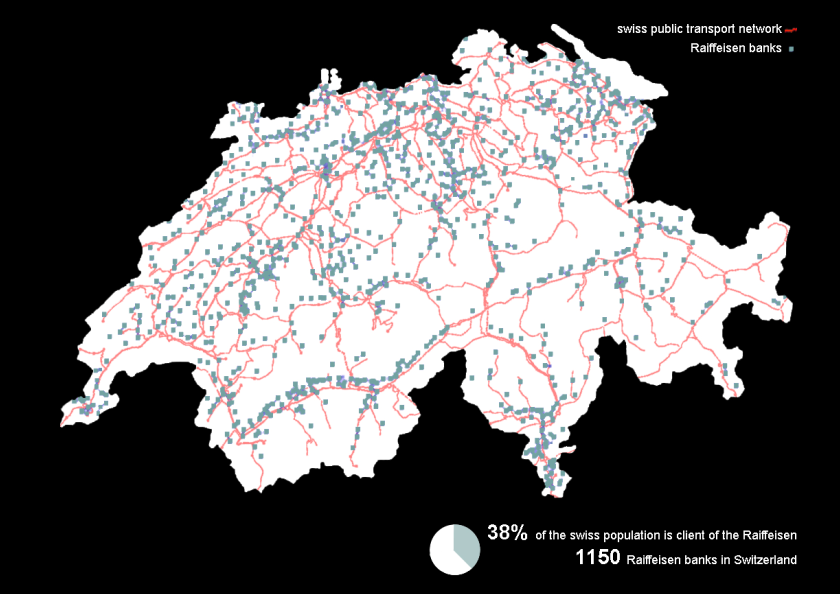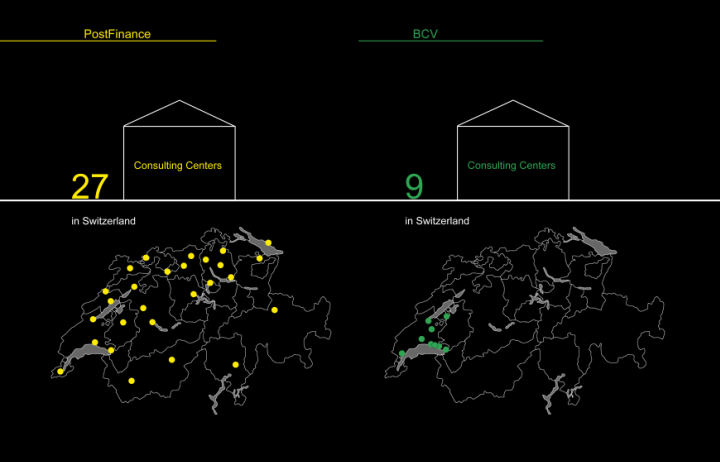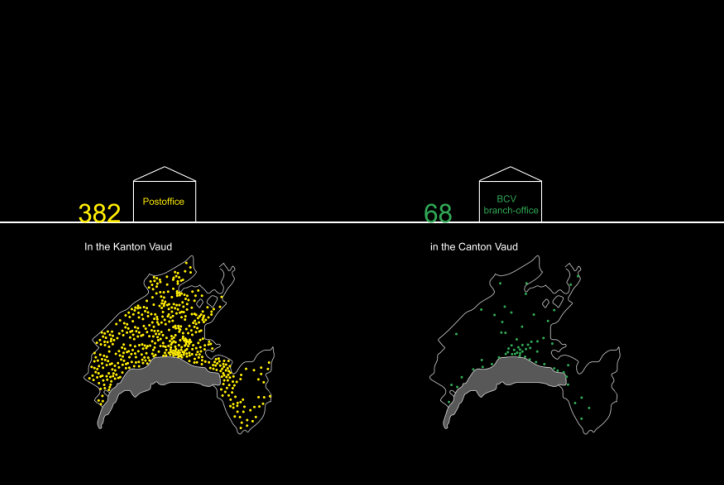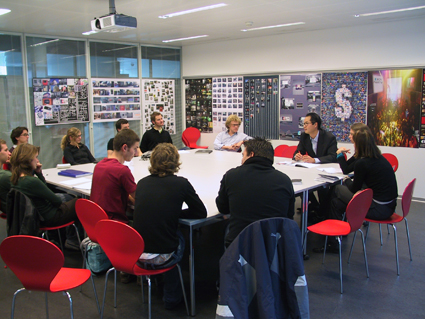|
Navigation
|
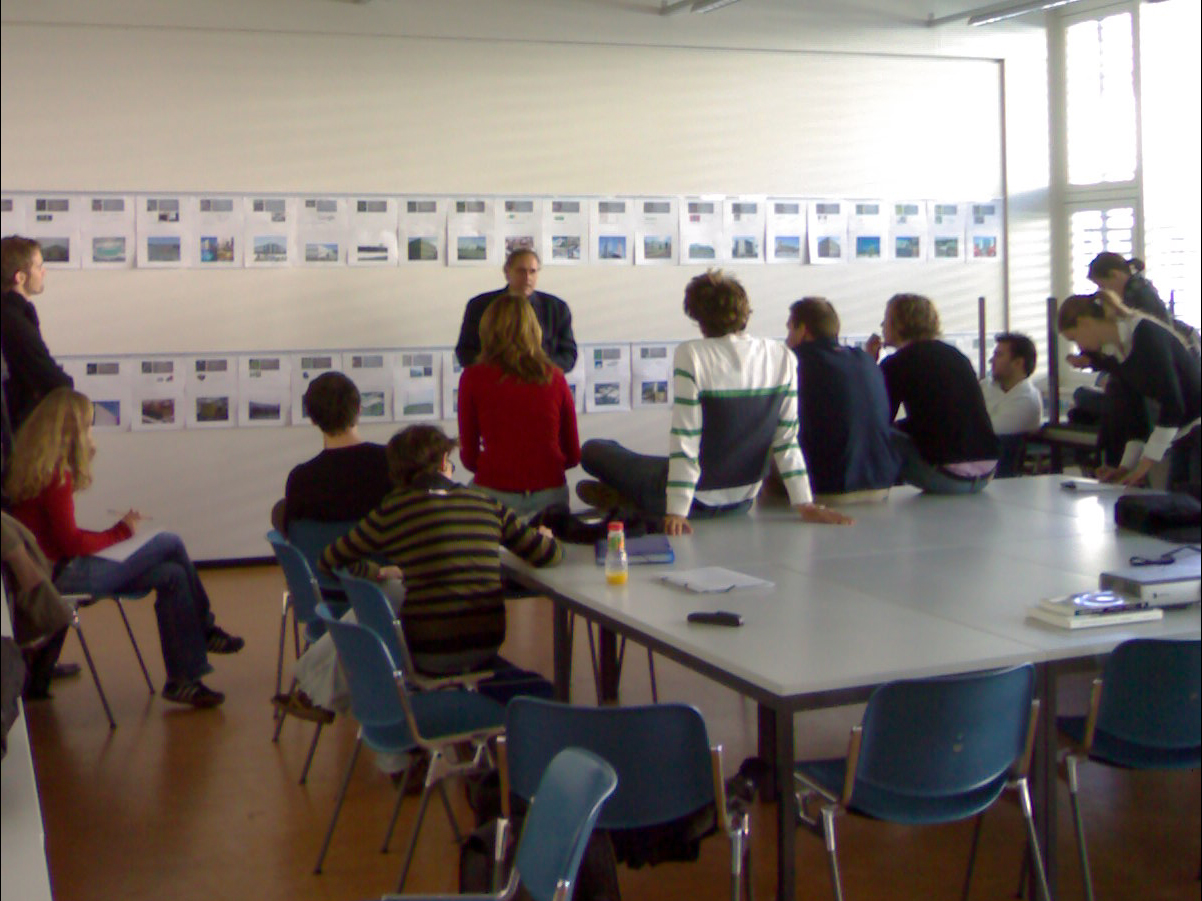 22.12.06 - 7.02.07 PHASE 6 - DESIGN THE FUTURE BANKING PROTOTYPE "A prototype is an original type, form, or instance of some thing serving as a typical example, basis, epitome, or standard for other things of the same category". (wikipedia) Our task for phase 6 will be to create a multi-functional, architectonical prototype that explains our various hypotheses for the future of banking. Scenarios and strategies will drive our decisions for deloping our prototypes in both the physical and the virtual realm. How will each of our specific interventions will influence the banking landscape and its context: the urban space, social and economical behaviour, culture and subcultures..? Which (interactive) technologies could be deployed to augment the functioning of our prototypes? How do our prototypes adapt to different urban scales and locations? READINGS: Interactivity: Glimpses of the USA, 1959 / Charles and Ray Eames Future Space: A New Blueprint for Business Architecture / Jeffrey Huang Banking: The Paradox of Banking 2015 / IBM Q110 - The Deutsche Bank of the Future 08.12.06 - 15.12.06 PHASE 5 - STRATEGIC INTERVENTIONS IN THE BANKING LANDSCAPE In last week’s "bank scan" workshop, we mapped out different key variables of the banking landscape: “interaction with customer”, “partner network”, “space and infrastructure,” etc. By comparing across different bank typologies within the physical and virtual space, we distilled facts, assumptions and trends. In a further step, we will now pre-think the future bank. We will detect possible points of interventions and transformations. Our goal this week will be to re-diagnose the banking landscape, and identify the strategic points for surgical (or acupunctural) intervention. 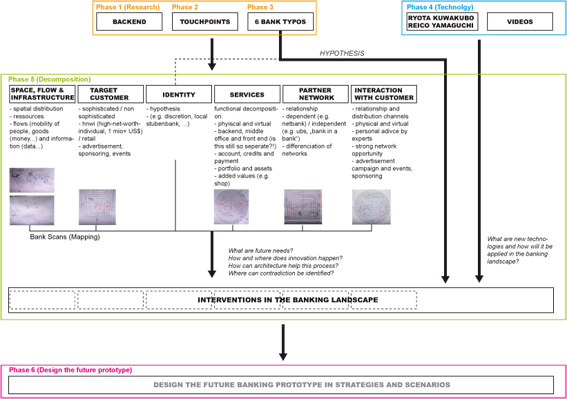 01.12.06 - 07.12.06 Two main categories of city interactivity can be distinguished: Firstly, our daily interactive surroundings, that we are recognizing more or less subconsciously. Sometimes completely invisible to the naked eye, this first category includes interactivity mediated by sensoring, tracing and tracking, and controlling. The second group is more direct. It is in your face all the time. It puts all its energy to attract attention to itself, to be percepted and rememberd by the city walker. This second category includes advertisement billboards, street signs, interactive facades. Our task this week will be to walk through the city with a videocam and create a 30 seconds videoclip of either first or second category of interactivity in the city. lausanne_interactivecity.mp4
09.11.06 - 23.11.06 What is a bank? What is the core mission of a bank? Is the bank a unique phenomenon or can it be compared to other institutions? What is the role and might of the bank in society? How is it influencing urban space and social behaviors? We are analyzing the phenomenon „bank“ by the help of an architectural tool, the diagram. We will challenge existing conventions of diagrammatic representation, with a view to expand the architect’s analytical repertoire and visual expressive power.
26.10.06 - 01.12.06 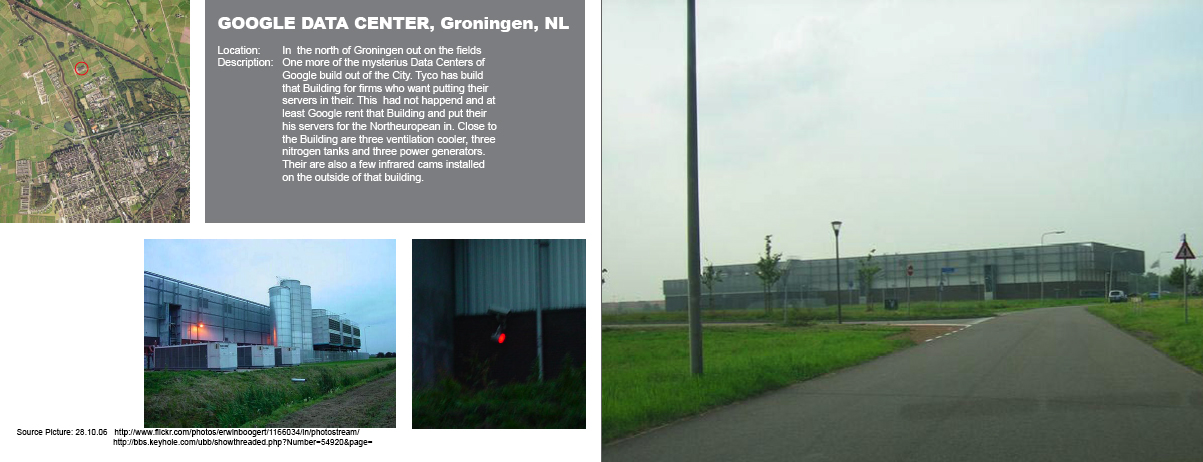 MATERIALS: Illustrator template InDesign template Upload: Illustrator template_v2 (alternatives: Illustrator 10 template, Illustrator EPS template) InDesign template_v2 READINGS: directeconomy-banking_fr.pdf directeconomy-banking_en.pdf |

